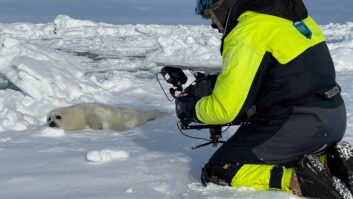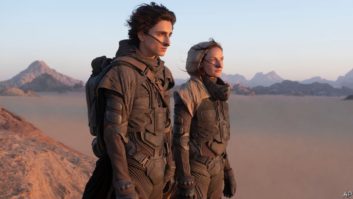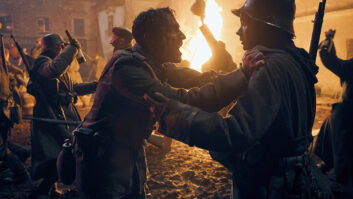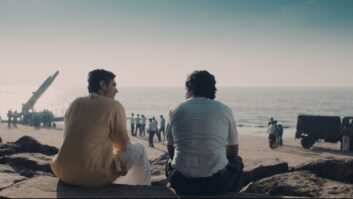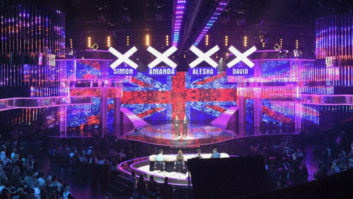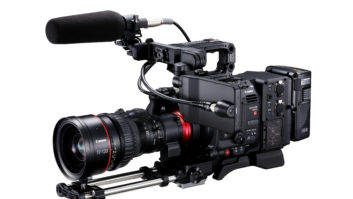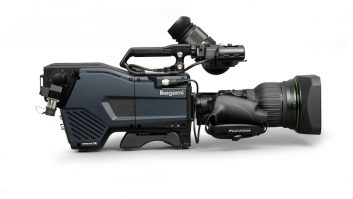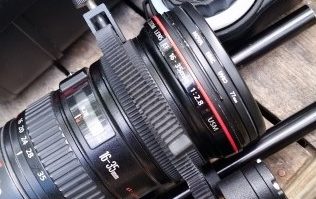Heading into Oscar season, The Power of the Dog leads the pack with an impressive 12 nominations, including Ari Wegner ACS for Best Cinematography. In a recent blog post, Panavision broke down the shoot on New Zealand’s “devastatingly beautiful” South Island.
Set on a cattle ranch in 1920s Montana, Jane Campion’s Western drama tells the story of two brothers whose lives are disrupted by the arrival of a new wife and son. “Jane’s always ready to find something better,” says Wegner. “She’s never going to settle, which is such an inspiration. She’s always willing to ask, ‘Even if that’s what we planned, does it work? Is it good?’ It was a real pleasure to work in that way.”
Wegner describes the look of the film as restrained and deliberate. “I don’t know if you’d call it ‘classical,’ but there’s a real respect for traditional filmmaking and crafted lighting,” she says. “The word ‘unadorned’ kept coming up. If there was something we could get rid of, we would. If the shot would work without movement, then why move? If it would work with less light, why add more?”
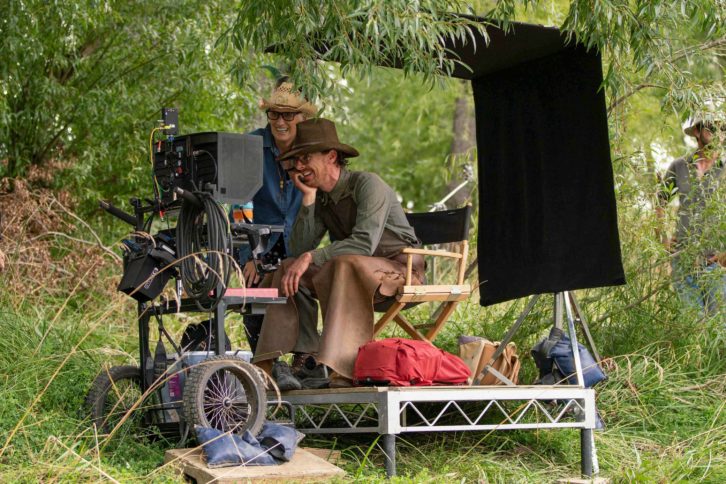
The shoot was serviced by Panavision Auckland with Ultra Panatar large-format anamorphic optics, chosen in part for the support the company offers. “I’ve worked with Panavision quite a bit in the past, since film school,” notes Wegner. “They’re always my first point of call. I love that whatever city you’re in, you can find support from Panavision. It gives you safety and strength to know you’re never going to be left in the lurch.
“Glass is always a big factor,” she continues. “Choosing lenses is such a big part of the process, and it’s really important to have options. Working with Panavision, there’s the whole range from contemporary to vintage and technically correct to what I’d call ‘funky.’ We shot with Ultra Panatar 1.3x anamorphic, and obviously that’s not something you’re going to find anywhere else.”
The cinematographer recalls initially deciding to shoot in the 1.85:1 aspect ratio before the film started “telling us it wanted to be widescreen.” Ultimately 2x anamorphic felt too strong for the look Wegner and Campion were going for. “When I mentioned the 1.3x anamorphic to Jane, that was really exciting for us, because it was a bit of the best of both worlds, spherical and anamorphic,” Wegner explains. “Plus, a vintage lens is always a lovely thing to have on a period movie.”
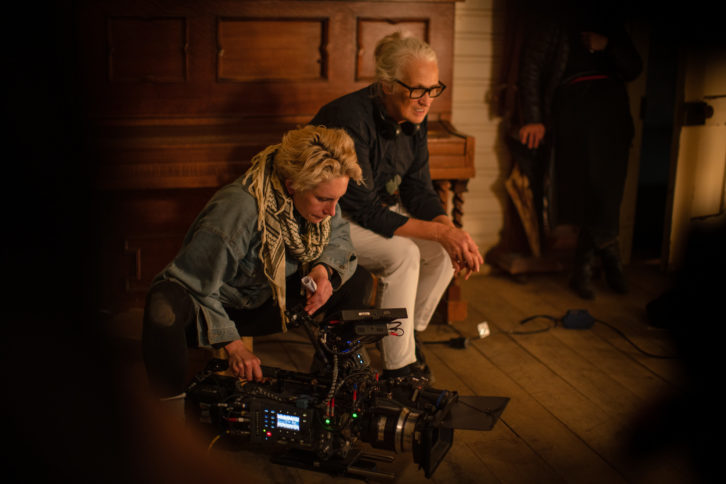
The beauty of the location also proved important for Wegner to capture with the scope demanded by the South Island scenery. “When you go somewhere so gorgeous, it’s the burden of a cinematographer to try to capture it in a way that feels as epic as it is when you’re actually standing there,” says Wegner. “We wanted to shoot the landscapes in a sensual way, as if they were a body lying down. Jane often described the hills as ‘sexy,’ which they are. It was important for us to wait for the right time of day when the light would shade across them and reveal the contours.”
She describes falling in love with long lenses, a favourite tool for Campion. “I hadn’t really appreciated the power of long lenses in terms of what they can do for the storytelling — that you can stack up layers not just for visual prettiness, but actually to serve the story,” explains Wegner. “I also love what a long lens does to people in the landscape, in that they can appear more similar size than they would be on a wide lens.”
Finally Wegner outlines the technique of focusing on a tiny detail and then opening up again, creating a sense of scale and contrast, a feeling she likens to exhaling, “to be in a claustrophobic frame and then breathe out.”
